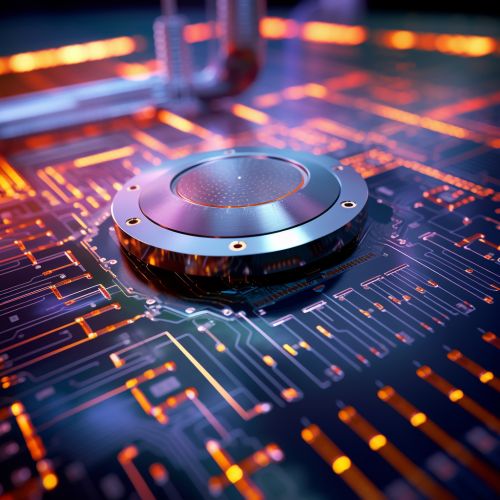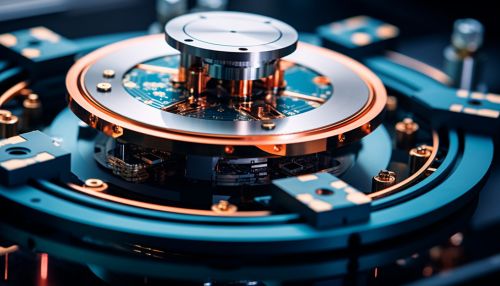The Role of Microelectromechanical Systems (MEMS) in Sensing
Introduction
Microelectromechanical Systems (MEMS) are miniaturized mechanical and electro-mechanical elements that are made using the techniques of microfabrication. These systems have a wide range of applications in various fields, but their role in sensing is particularly significant. MEMS sensors have revolutionized many application areas, including automotive systems, wireless communication, healthcare, and environmental monitoring.


Microfabrication and MEMS
Microfabrication is a process used to fabricate miniature structures of micrometre scales and smaller. Historically, the earliest microfabrication processes were used for integrated circuits. This field has since been redefined through the development of MEMS, which merges the versatility of semiconductor integrated circuits with the functionality of mechanical structures at a microscale.
MEMS are not about a single technology; instead, they involve the integration of a number of technologies, including mechanical engineering, electrical engineering, materials science, and more. This integration allows MEMS to have physical dimensions in the micrometer range (1 millionth of a meter), enabling the production of high-performance sensors and actuators.
MEMS in Sensing
MEMS technology has been widely adopted in the field of sensing due to its numerous advantages. These include small size, low power consumption, high sensitivity, and the ability to be integrated with signal processing circuitry.
Types of MEMS Sensors
There are several types of MEMS sensors, each with its unique characteristics and applications. Some of the most common types include:
- Pressure Sensors: MEMS pressure sensors are widely used in automotive systems, medical devices, and environmental monitoring. They can measure absolute, gauge, or differential pressure.
- Inertial Sensors: These include accelerometers and gyroscopes. MEMS accelerometers are used in automotive airbag systems, while MEMS gyroscopes are used in vehicle and aircraft stability control systems.
- Optical MEMS: These include devices such as mirrors, switches, and filters used in fiber-optic communication systems.
- BioMEMS: These are used in the medical field for applications such as drug delivery, diagnostics, and tissue engineering.


MEMS Sensors in Automotive Systems
MEMS sensors have become an integral part of modern automotive systems. They are used in a variety of applications, including tire pressure monitoring, stability control, and airbag deployment. For example, MEMS accelerometers are used to detect sudden deceleration in a vehicle, triggering the deployment of airbags in the event of a collision.
MEMS Sensors in Healthcare
In the healthcare sector, MEMS sensors are used in a wide range of applications, from monitoring vital signs to delivering drugs. For example, pressure sensors are used in blood pressure monitors, while accelerometers are used in pacemakers to adjust the pacing rate based on the patient's physical activity.
MEMS Sensors in Environmental Monitoring
MEMS sensors are also used in environmental monitoring for measuring parameters such as temperature, humidity, and atmospheric pressure. For example, MEMS-based weather stations can provide accurate and real-time data on weather conditions.
Future of MEMS in Sensing
The future of MEMS in sensing looks promising, with new applications and technologies continually being developed. For instance, the advent of the Internet of Things (IoT) has created a huge demand for MEMS sensors, as these devices are ideal for IoT applications due to their small size, low power consumption, and high performance.
Moreover, advancements in MEMS technology are leading to the development of more sophisticated sensors with improved sensitivity, reliability, and versatility. These advancements are expected to open up new opportunities in various fields, including wearable technology, smart homes, and industrial automation.
